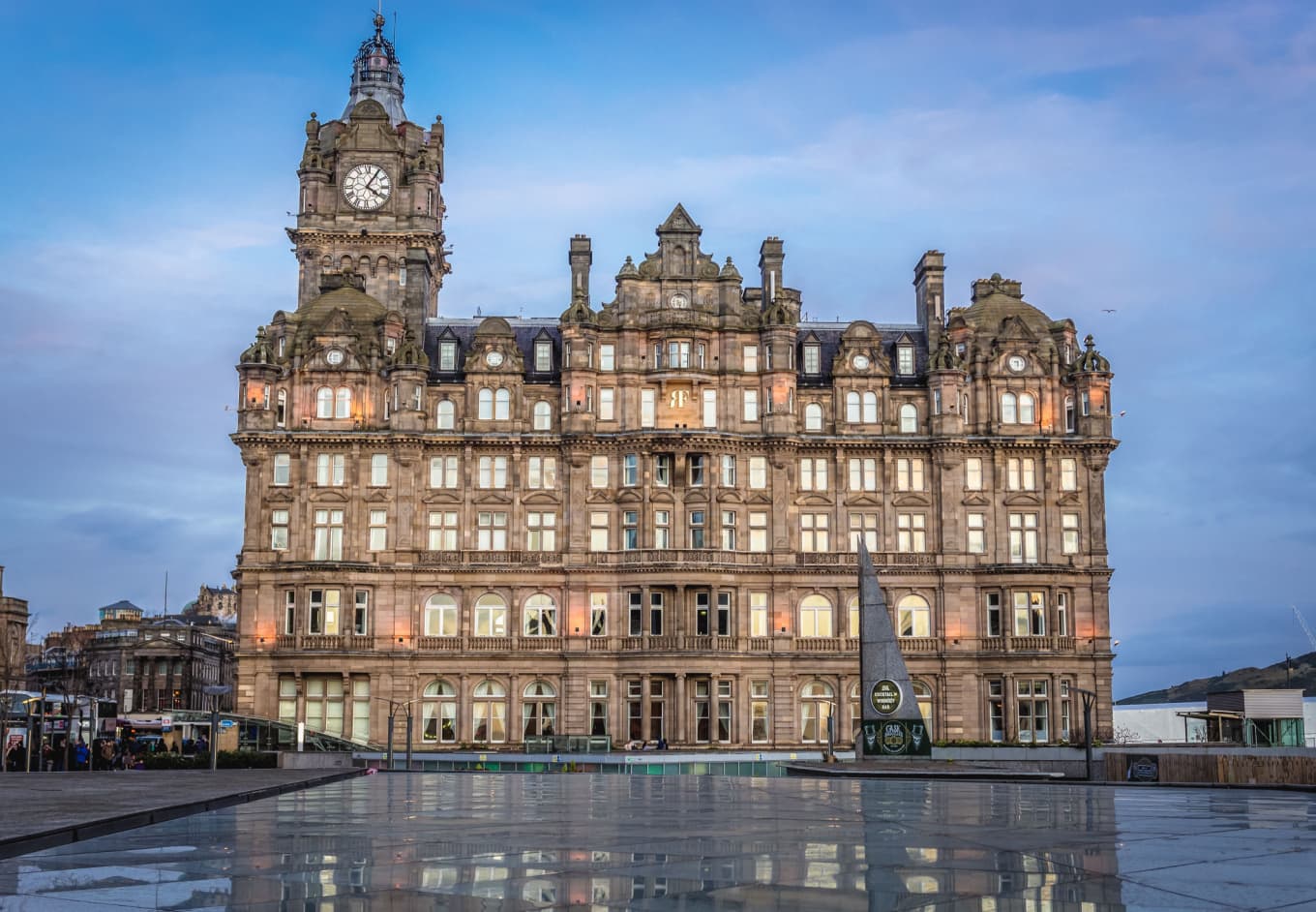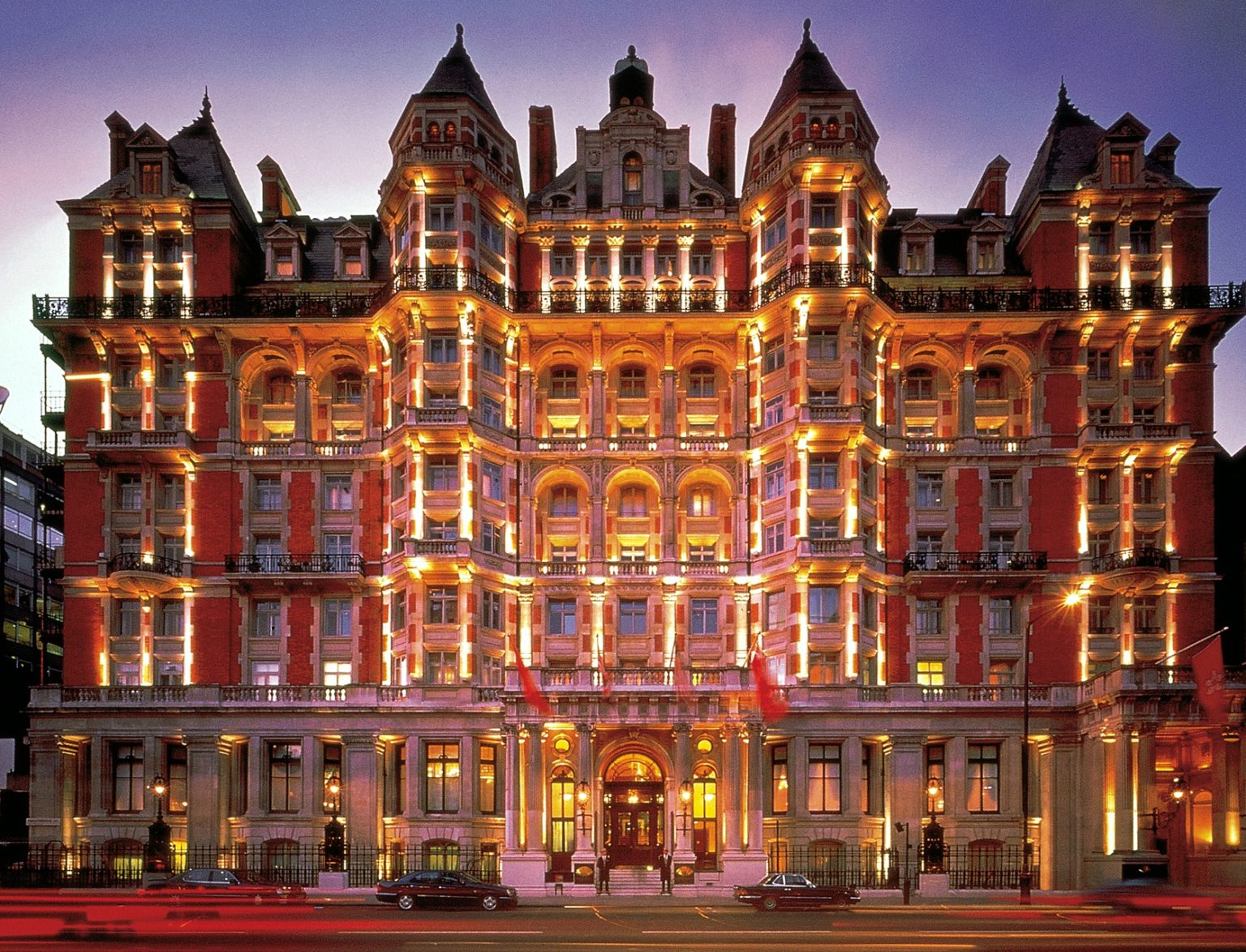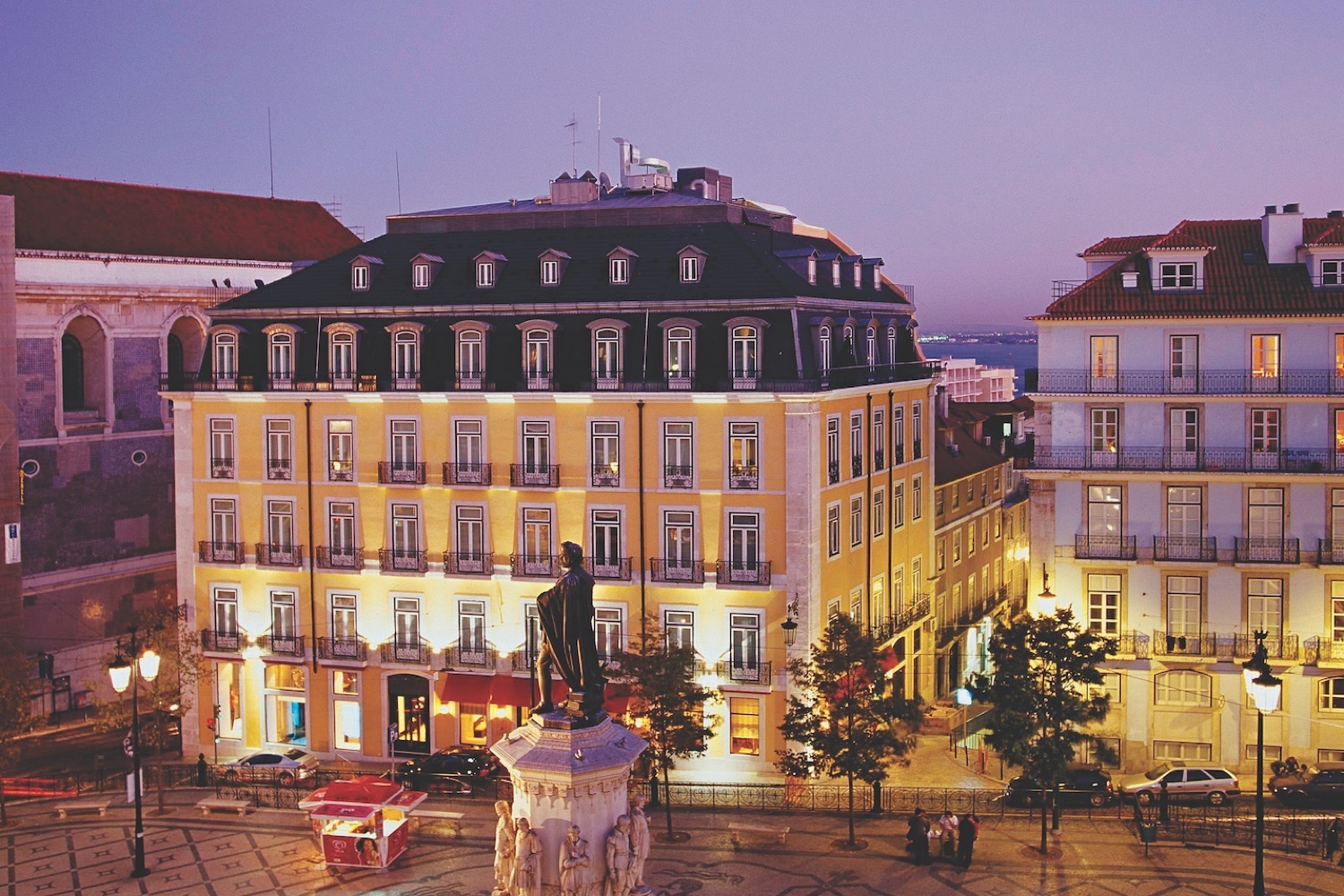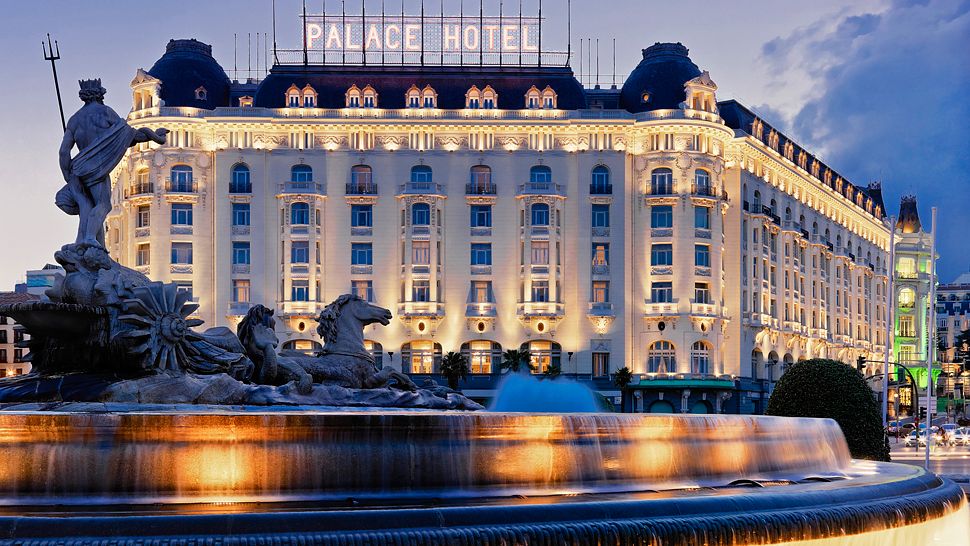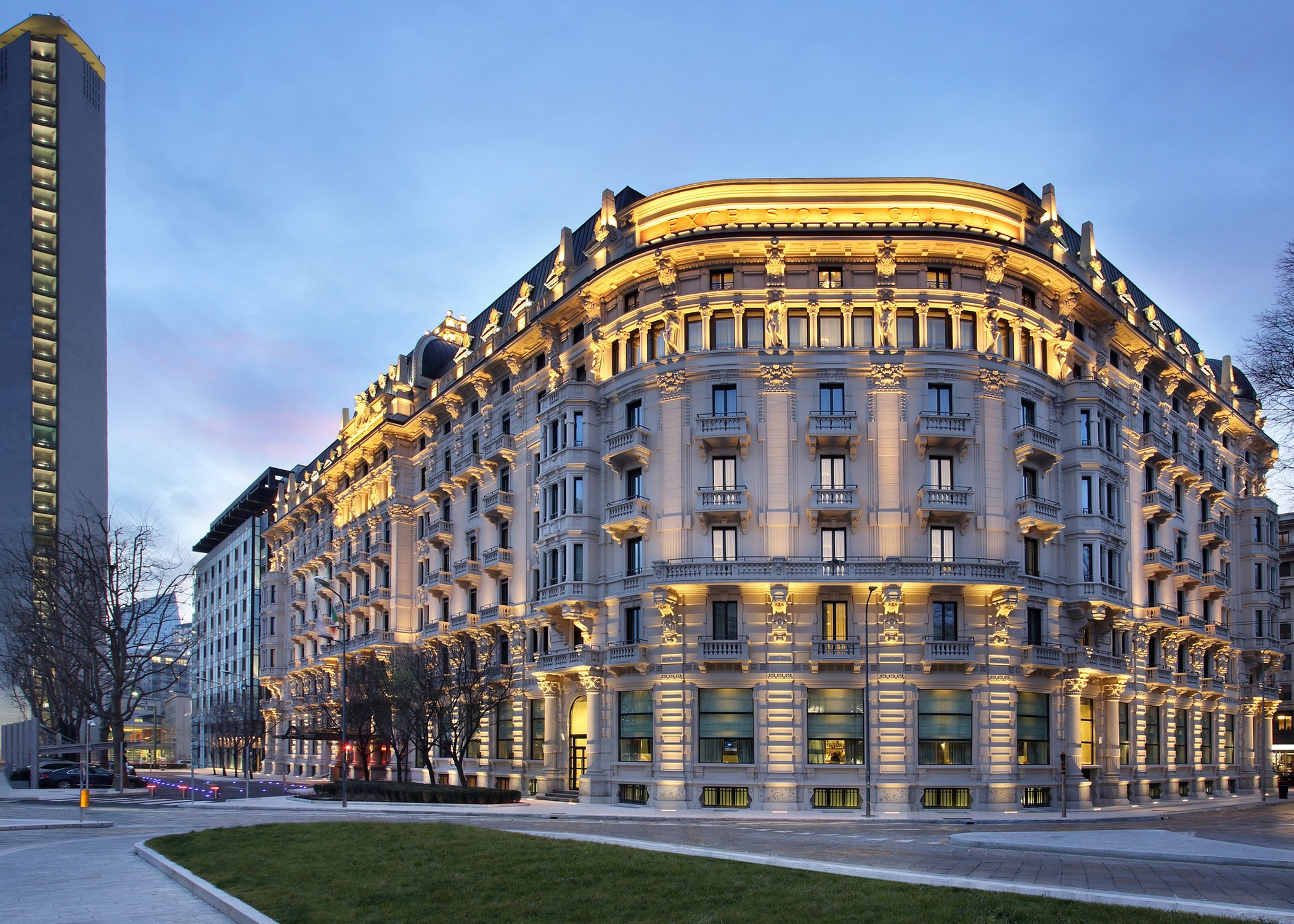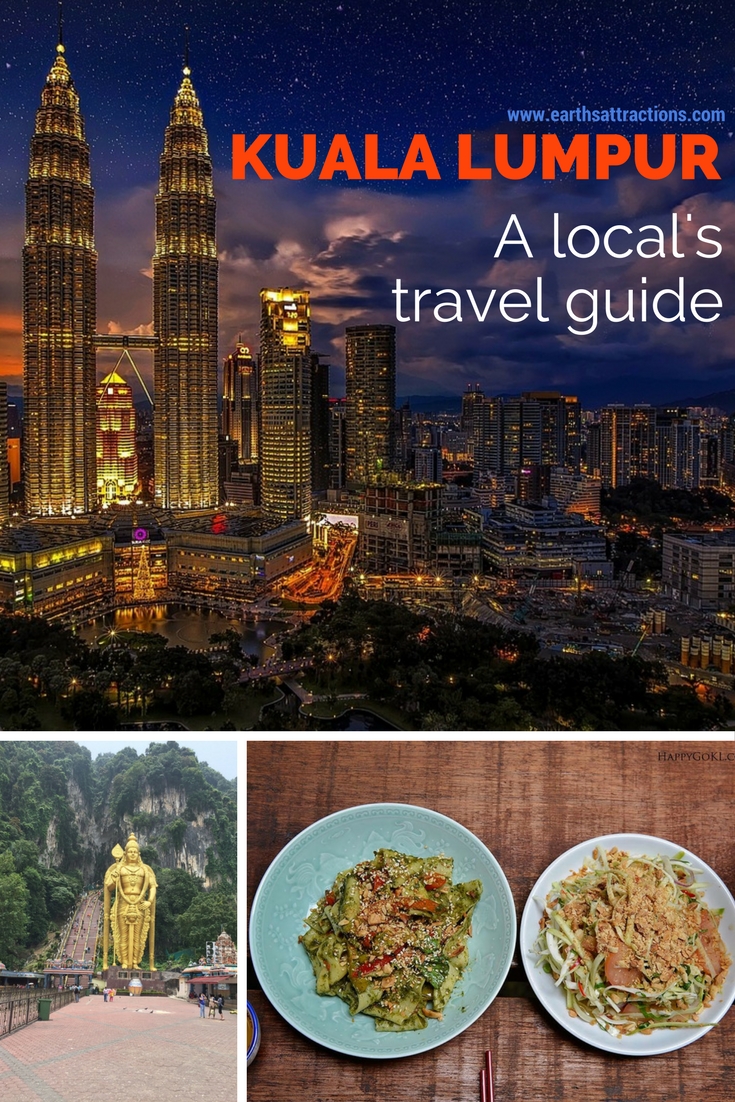
Kuala Lumpur, the vibrant heart of Malaysia, is a city that pulsates with an intoxicating blend of ancient traditions and futuristic aspirations. From the iconic Petronas Twin Towers piercing the azure sky to the bustling street markets overflowing with exotic spices and handcrafted treasures, KL, as it’s affectionately known, offers a sensory feast for every traveler. This comprehensive guide will navigate you through its rich history, unveil its top attractions, equip you with essential travel tips, suggest accommodation, detail transportation options, and pinpoint the best time to embark on your Malaysian adventure.
A Glimpse into Kuala Lumpur’s Rich History:
The story of Kuala Lumpur, meaning "muddy confluence" in Malay, is intrinsically linked to its location at the junction of the Gombak and Klang Rivers. Its origins are humble, dating back to the mid-19th century when tin mining boomed. Chinese immigrants, drawn by the promise of wealth, established settlements in the area, laying the groundwork for the city we know today. The British, recognizing the strategic importance and economic potential, eventually colonized the region, and Kuala Lumpur became the administrative capital of the Federated Malay States.

Related Articles about Kuala Lumpur: A Tapestry of Tradition and Tomorrow:
- Chiang Mai: The Rose of the North – An Ultimate Travel Guide
- Israel: A Tapestry of Ancient Wonders and Modern Marvels
- Hanoi: A Thousand-Year-Old Capital – Your Ultimate Travel Guide
- The Pearl of the Orient Seas: A Comprehensive Travel Guide to the Philippines
- The Enchanting Emerald Isle of Europe: A Comprehensive Travel Guide to the Czech Republic
The city witnessed significant growth and development under British rule, with the construction of impressive colonial architecture that still graces its landscape. Post-World War II, the fight for independence culminated in Malaysia’s declaration of sovereignty in 1957, with Kuala Lumpur proudly retaining its capital status. The ensuing decades have seen KL transform into a modern metropolis, a testament to Malaysia’s rapid economic progress and its commitment to embracing diversity. This historical tapestry is woven with threads of Malay, Chinese, Indian, and colonial influences, creating a unique cultural mosaic that defines KL’s identity.
Top Attractions: A Journey Through KL’s Iconic Landmarks and Hidden Gems:
Kuala Lumpur boasts a plethora of attractions catering to every interest, from architectural marvels to spiritual sanctuaries and bustling marketplaces.
-
Petronas Twin Towers: No visit to KL is complete without marveling at the architectural brilliance of the Petronas Twin Towers. Once the tallest buildings in the world, these twin skyscrapers, designed by architect César Pelli, are a symbol of Malaysia’s modernity and ambition. Ascend to the Skybridge, connecting the two towers, for breathtaking panoramic views of the city. Don’t forget to visit the observation deck for an even more spectacular vista, especially at sunset.
-
Batu Caves: A short train ride from the city center lies the awe-inspiring Batu Caves. This natural limestone cave complex is a significant Hindu pilgrimage site, housing a towering golden statue of Lord Murugan at its entrance. Prepare for a challenging climb of 272 steps to reach the main cave, but the spiritual ambiance and the stunning rock formations within are well worth the effort. Watch out for the mischievous monkeys that inhabit the area!
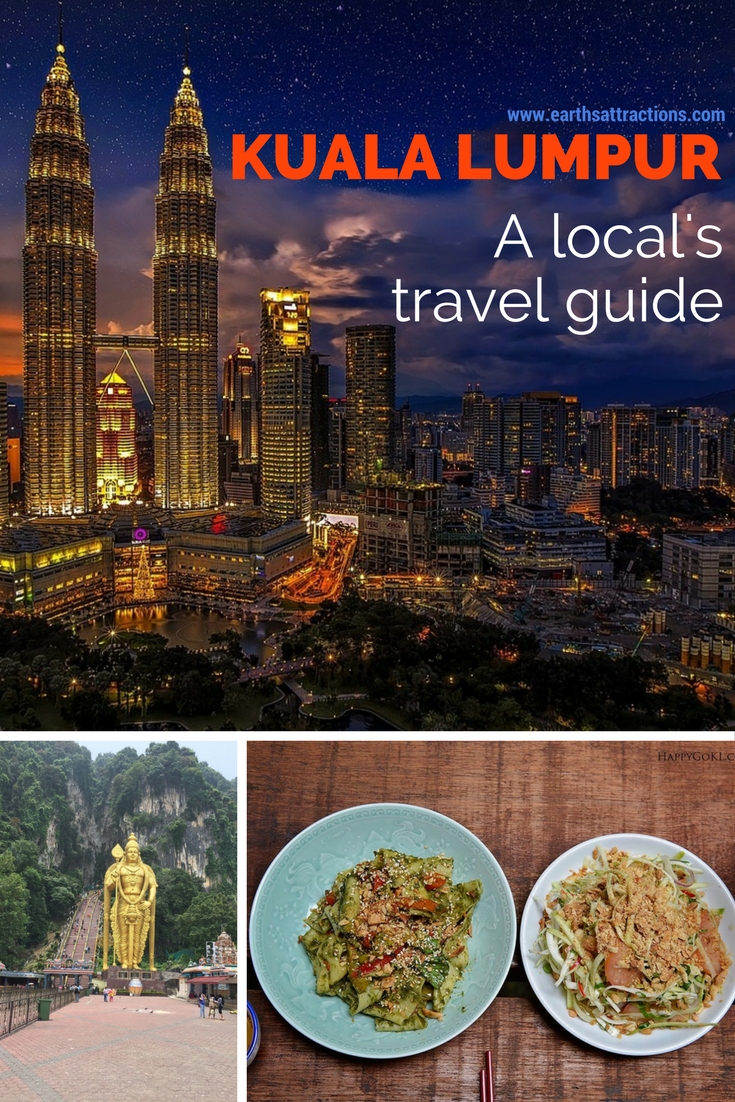
-
Merdeka Square (Independence Square): Steeped in history, Merdeka Square is where Malaysia’s independence was declared on August 31, 1957. Dominated by the world’s tallest flagpole, this expansive green space is surrounded by significant colonial buildings like the Sultan Abdul Samad Building, the Royal Selangor Club, and St. Mary’s Cathedral, offering a glimpse into KL’s past.
-
Jalan Alor Food Street: For an unforgettable culinary adventure, immerse yourself in the vibrant chaos of Jalan Alor. This bustling street transforms into an open-air food paradise at night, offering an endless array of Malaysian delicacies. From succulent satay and spicy laksa to refreshing cendol and sweet kuih, your taste buds will embark on a delightful journey.
-
Central Market (Pasar Seni): Adjacent to Chinatown, Central Market is a haven for souvenir hunters and art enthusiasts. This heritage building, once a wet market, now houses numerous stalls selling a wide variety of Malaysian handicrafts, batik fabrics, souvenirs, and local art. It’s the perfect place to find unique gifts and experience the local craftsmanship.
-
Chinatown (Petaling Street): Dive into the vibrant energy of Chinatown, a sensory overload of sights, sounds, and smells. Petaling Street is a bustling marketplace where you can haggle for bargains on everything from clothing and accessories to electronics and local delicacies. Explore the narrow alleys, discover hidden temples, and savor authentic Chinese street food.
-
Thean Hou Temple: Perched atop a hill overlooking the city, the Thean Hou Temple is one of the largest and most ornate Buddhist temples in Southeast Asia. Dedicated to the Goddess of the Sea, Mazu, this architectural marvel boasts intricate carvings, vibrant decorations, and stunning pagodas. The panoramic views from the temple grounds are an added bonus.
-
KLCC Park: Located at the foot of the Petronas Twin Towers, KLCC Park is an urban oasis offering a welcome respite from the city’s hustle and bustle. This beautifully landscaped park features walking paths, jogging tracks, a children’s playground, and the iconic Symphony Lake with its mesmerizing musical fountain show.
-
Islamic Arts Museum Malaysia: Delve into the rich artistic heritage of the Islamic world at the Islamic Arts Museum Malaysia. This impressive museum showcases a vast collection of Islamic art, including calligraphy, textiles, ceramics, and manuscripts, spanning centuries and diverse cultures.
-
Perdana Botanical Gardens: Escape to nature at the Perdana Botanical Gardens, a sprawling green lung in the heart of the city. Explore themed gardens, visit the Orchid Garden and Hibiscus Garden, and enjoy a peaceful stroll amidst lush vegetation.
Essential Travel Tips for a Smooth KL Adventure:
To make your trip to Kuala Lumpur as enjoyable and hassle-free as possible, keep these practical tips in mind:
-
Visa Requirements: Check the visa requirements for your nationality well in advance of your travel. Many nationalities can enter Malaysia visa-free for short stays, but it’s crucial to verify.
-
Currency: The local currency is the Malaysian Ringgit (MYR). ATMs are widely available, and credit cards are accepted in most hotels, restaurants, and larger shops. It’s advisable to carry some cash for smaller vendors and street food.
-
Language: Bahasa Malaysia is the national language. However, English is widely spoken and understood, especially in tourist areas, hotels, and shopping malls, making communication relatively easy.
-
Culture and Etiquette: Malaysia is a multicultural country with a predominantly Muslim population. Dress modestly, especially when visiting religious sites. Be respectful of local customs and traditions. It’s polite to remove your shoes before entering homes or religious buildings.
-
Tipping: Tipping is not mandatory in Malaysia, but it is appreciated for good service. A 10% service charge is often included in restaurant bills.
-
Safety: Kuala Lumpur is generally a safe city for tourists. However, like any major city, it’s wise to be aware of your surroundings, especially in crowded areas, and take precautions against petty theft.
-
Connectivity: SIM cards are readily available at the airport and convenience stores, offering affordable data plans for easy navigation and communication. Free Wi-Fi is also common in hotels and cafes.
-
Power Plugs: Malaysia uses Type G power sockets, which have three rectangular pins. The standard voltage is 240V. Bring a universal adapter if your devices use different plugs.
Accommodation Options: From Luxury to Budget-Friendly:
Kuala Lumpur offers a diverse range of accommodation to suit every budget and travel style:
-
Luxury Hotels: For a lavish experience, consider the five-star hotels clustered around the KLCC area, offering stunning views of the Petronas Twin Towers and world-class amenities. Options include the Mandarin Oriental, Grand Hyatt Kuala Lumpur, and The Ritz-Carlton.
-
Mid-Range Hotels: You’ll find a plethora of comfortable and well-equipped mid-range hotels in various neighborhoods, providing excellent value for money. Areas like Bukit Bintang and KL Sentral offer convenient access to attractions and transport links.
-
Boutique Hotels: For a more intimate and unique stay, explore KL’s charming boutique hotels, often housed in heritage buildings and offering personalized service.
-
Budget-Friendly Options: Hostels and guesthouses are abundant, particularly in areas like Chinatown and Brickfields, offering affordable dormitory beds and private rooms. These are ideal for solo travelers and backpackers.
-
Serviced Apartments: For longer stays or families, serviced apartments provide the comfort of a home away from home, with kitchen facilities and separate living areas.
Getting Around Kuala Lumpur: Navigating the City with Ease:
Kuala Lumpur boasts an efficient and integrated public transportation system, making it easy to explore the city:
-
LRT, MRT, and Monorail: The light rail transit (LRT), Mass Rapid Transit (MRT), and monorail systems are the backbone of KL’s public transport. They connect major attractions, commercial districts, and residential areas, offering a fast and affordable way to get around. Consider purchasing a Touch ‘n Go card for seamless travel.
-
KTM Komuter: The KTM Komuter trains are useful for reaching destinations outside the immediate city center, such as Batu Caves.
-
Buses: A comprehensive bus network operates throughout the city, serving areas not covered by the rail lines. While generally affordable, bus routes can be complex for first-time visitors.
-
Taxis and Ride-Sharing: Taxis are readily available, but it’s advisable to ensure the meter is used. Ride-sharing apps like Grab are extremely popular and often offer more competitive pricing and convenience.
-
Walking: For exploring specific neighborhoods like Bukit Bintang or Chinatown, walking is a great way to soak in the atmosphere and discover hidden gems.
-
KL Hop-On Hop-Off Bus: This is a convenient option for sightseeing, as it covers all the major tourist attractions and allows you to hop on and off at your leisure.
Best Time to Visit Kuala Lumpur: Embracing the Tropical Climate:
Kuala Lumpur enjoys a tropical rainforest climate, characterized by high temperatures and humidity year-round. However, there are slight variations that might influence your travel plans:
-
Dry Season (March to September): This period generally experiences less rainfall, making it ideal for outdoor activities and sightseeing. Temperatures are consistently warm, averaging around 30-32°C (86-90°F).
-
Rainy Season (October to February): While it’s the "rainy" season, it doesn’t mean continuous downpours. Expect short, heavy showers, often in the late afternoon or evening, which can be refreshing. The humidity can be slightly higher during this time.
-
Shoulder Seasons: The months of March and October can offer a good balance, with pleasant weather and fewer crowds.
Festivals and Events: Regardless of the season, KL hosts a vibrant calendar of festivals. If you’re interested in experiencing cultural celebrations, consider visiting during:
- Chinese New Year (January/February): The city comes alive with vibrant decorations, lion dances, and festive markets.
- Hari Raya Aidilfitri (Eid al-Fitr) (dates vary annually): This significant Muslim festival marks the end of Ramadan and is celebrated with feasts and family gatherings.
- Deepavali (Diwali) (October/November): The Festival of Lights brings a dazzling display of lights and cultural performances, particularly in the Indian enclaves.
- Merdeka Day (August 31st): The celebration of Malaysia’s independence is marked by parades and patriotic events.
In Conclusion:
Kuala Lumpur is a city that captivates with its dynamic spirit and its ability to seamlessly blend the old with the new. From its historical roots to its soaring skyscrapers, its vibrant street life to its tranquil green spaces, KL offers an immersive and unforgettable travel experience. With this comprehensive guide as your companion, you’re well-equipped to embark on a journey of discovery, uncovering the myriad wonders that await you in the heart of Malaysia. So pack your bags, open your mind, and prepare to be enchanted by the magic of Kuala Lumpur.
